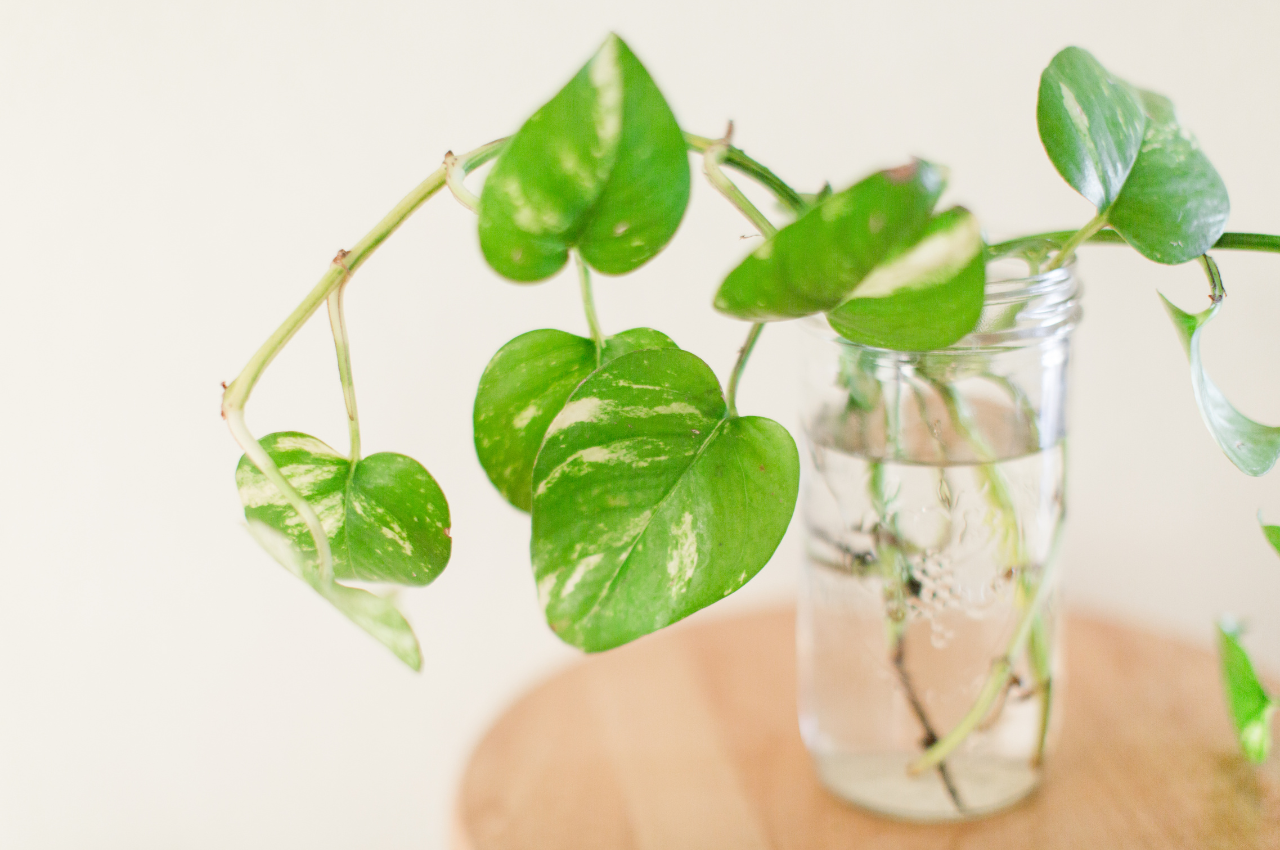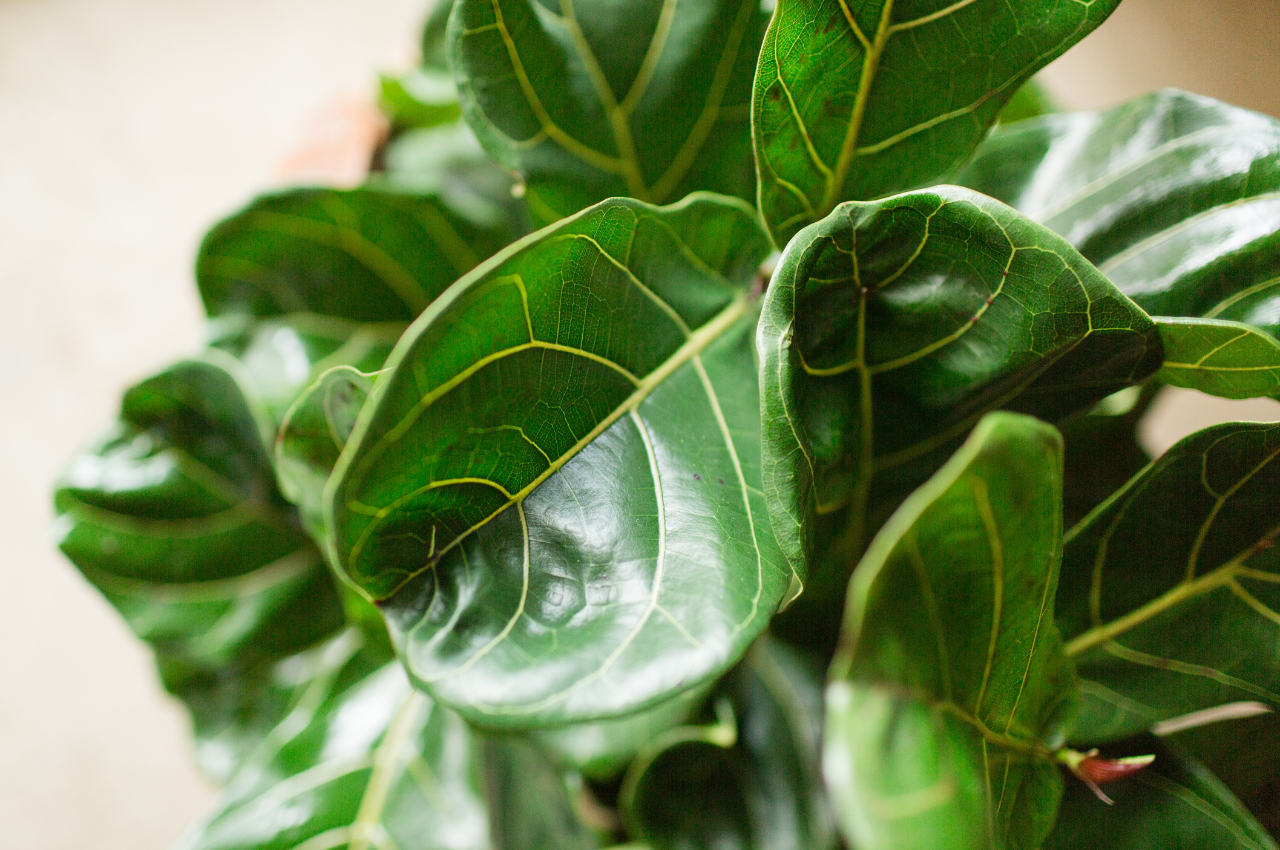If you’re looking for a Pothos Plant Care Guide, well, it’s not entirely necessary—even if you’re a beginner.
Epipremnum aureum, commonly known as Golden Pothos or Pothos Plant, is a robust foliage species, and it’s among the easiest houseplants to keep alive. It can grow aggressively on forest floors and tree trunks in the wild, so you can only imagine how hardy it can be indoors.
Still, there are a few best practices to keep your Pothos Plant in optimal health. Here are some Pothos Plant care tips for you!
Golden Pothos Plant Care

This species is ideal for beginners because it’s hardy and low-maintenance. Apart from optimizing the lighting and watering conditions, there isn’t much else to consider for this plant to survive. So, don’t get overwhelmed by the plant care tips below. You got this.
NOTE: Pothos is moderately toxic and could cause vomiting and irritation in pets and children.
Golden Pothos and Sunlight
Pothos thrives in different lighting conditions and is generally a good choice for homes with limited access to natural sunlight. However, to maintain its variegated leaves, you must observe whether it is getting too much sunlight or shade.
A variegated Pothos may lose its light colors, especially the white patches when grown in low-light conditions. The green part of the leaves is more active in absorbing sunlight. To compensate for poor lighting, the leaves may turn greener, allowing them to create more energy.
As you can imagine, the opposite happens when your variegated Pothos gets too much sunlight. It’s a sign that your plant absorbs more than enough light when the leaves are paler than usual.
To keep your Golden Pothos, well, golden, place it in a corner where its leaves can enjoy bright sunlight without getting directly hit by the rays.
Soil, Water, and Fertilizer
Pothos is very popular because it can endure diverse growing conditions in soil or water. If you plant your Pothos in soil, use regular, well-draining potting soil. It hardly matters if the soil is dry, rocky, neutral, or slightly acidic—what matters most is the potting mix drains well.
Water your Pothos more frequently when grown in brightly-lit spaces and less in low-light conditions. Remember that this plant prefers to have its soil completely dry between waterings. The plant’s roots tend to rot if left in moist soil constantly.
Growing Pothos in Water
As mentioned, Pothos can be grown in water. Cuttings from a mother plant can easily be propagated in water and continuously kept in the same environment as a houseplant.
However, you can’t simply leave the cuttings in water, go for months without checking on them, and expect them to survive. Make sure to periodically change the water in your containers, ideally every week or two, and add fresh water as needed. Pothos vines grow well in water as long as you check it occasionally.
Don’t feed your pothos plant with solid fertilizers. Liquid fertilizer works best in this growing environment. Also, note that you can use tap water for your Pothos, but it may not do well when it contains chlorine. To remove chlorine from tap water, allow it to off-gas first. Put the tap water in an open container and leave it for at least 24 hours. This should be enough time for the chlorine to off-gas.
Temperature and Humidity
Pothos can survive on normal or even dry air. However, the plant’s growth can be hampered when constantly exposed to regular drafts or colder temperatures. You can raise the humidity level to about 50 or 70 percent of what they would get in their natural habitat.
Room temperature is ideal for your Pothos. But if you really want to make your plant, feel at home, keep it in a warm location. Many (if not most) houseplants prefer temperatures ranging from 65°F to 85°F. But if you want to keep your home cool, try not to let the temperature fall below 60°F.
Propagating Golden Pothos Plants

Pothos propagation is incredibly simple. You just need to cut a healthy node, which is that part of the stem with a leaf or branched attached. Pothos plants can also be easily divided for re-potting.
- Choose a mature vine or stem with healthy and vibrant leaves to take a cutting from. Ensure that you also find a root node from your chosen stem. The node is where aerial “roots” sprout (or are already sticking out).
- Cut the vine or stem before a root node and ensure that one or two of these nodes are part of the cutting. Then, clean up the root node by removing the leaves near it. This is part of the stem you stick in water or potting soil.
- Place the stem in a jar of water or a small pot with soil. Make sure that the leaves don't touch the soil or water. Moreover, don’t expose your new cuttings to intense, direct, or super-low light. Put it in a spot where they receive moderate indirect light.
- Your cuttings take a few weeks to grow new roots. If the cuttings are in the water, check root growth from the node every week. If they’re in the soil, observe how your cuttings support themselves.
Other Golden Pothos Propagation Tips
The pothos plant can survive in both water and soil. But it pays to remember that when it’s used to water, it may not do well when replanted or transferred to soil. Or vice versa. It’s better to pick one method and stick with it.
However, if you want to transplant your cuttings from water to soil, we suggest waiting until the new root grows to an inch or more. Meanwhile, change it regularly if you wish to continue keeping it in water. Add liquid fertilizer every month or so as well.
Though Pothos Plant is typically not attractive to pests, they might appear every once in a while. Treat pests immediately with a natural pesticide like neem oil (weekly sprays can do the trick). Regularly wipe the leaves and the stems, too, to ensure you’re keeping pests away. ■



Leave a comment
This site is protected by hCaptcha and the hCaptcha Privacy Policy and Terms of Service apply.